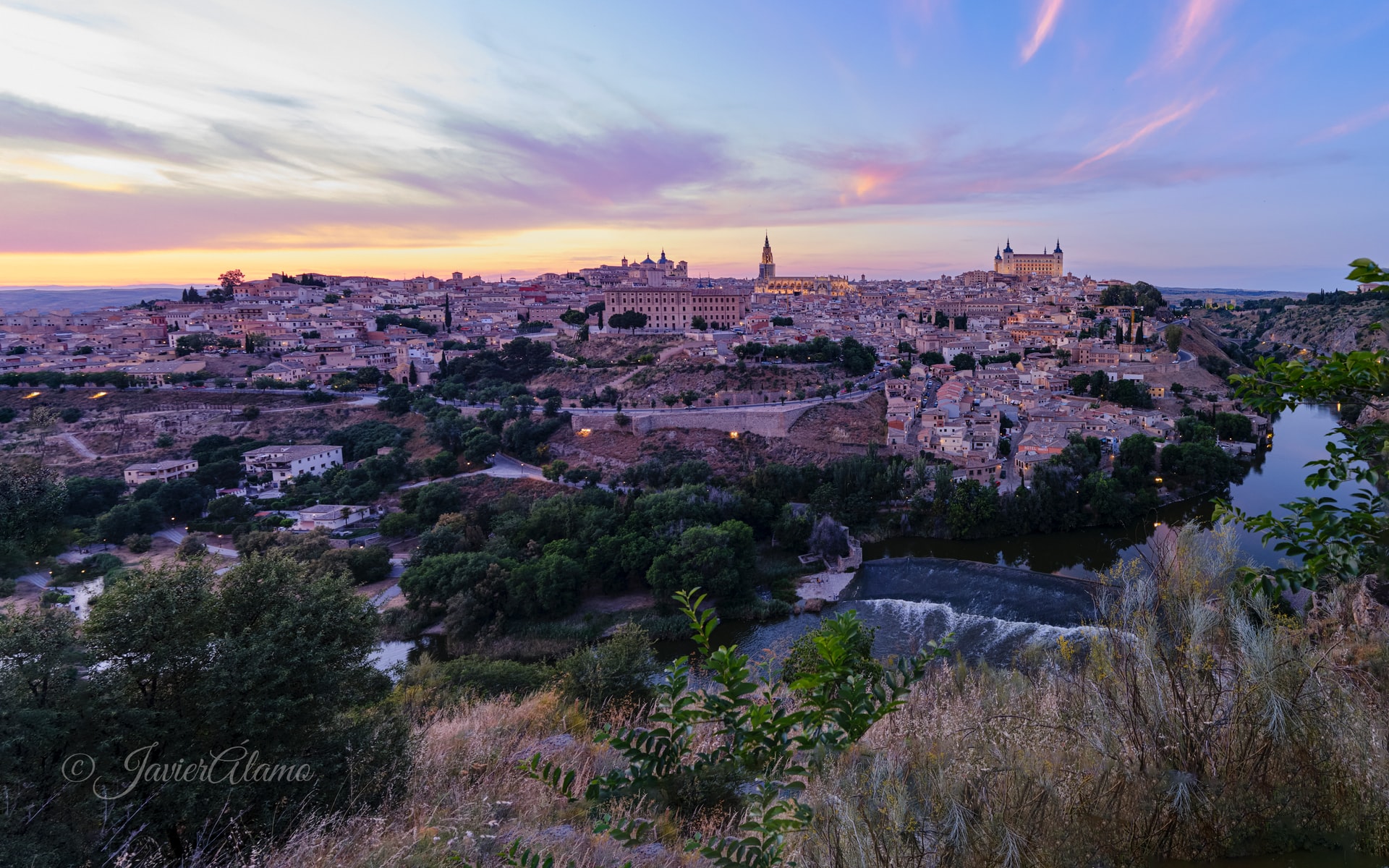
Official UK partner to the Paradors, Pousadas, Pestana Hotels & Resorts, Les Collectionneurs (Chateaux), and European Hotels Collection. Keytours International, formerly Keytel International, your agent in the UK.
Lorna Roberts is undoubtedly a Parador expert having explored every nook and cranny of Spain and visiting almost all of the Paradors throughout her experience as their Irish Agent and leading numerous escorted tours across Spain using these wonderful hotels.
Here she shares her knowledge of the picturesque region of La Rioja and its Paradors:
LA RIOJA is divided into Rioja Alta and Rioja Baja each producing their own distinctive wines. Mountain ranges, the valley of the River Ebro, pretty medieval villages and vineyards covering large areas make this a most picturesque area, especially in Autumn when the vines turn to gold.
We featuring the two neighbouring regions of LA RIOJA and NAVARRA as both are connected by the River Ebro flowing through them, the Camino de Santiago passing through them and the fact that they are both have a great reputation for their excellent wines. Each autonomous region consists of only one province: La Rioja with its capital LOGROÑO, and Navarra with its capital PAMPLONA.
THE CAMINO DE SANTIAGO: The “French Way”, the most important route of the Camino de Santiago starts at Roncesvalles in Navarra, where pilgrims find the first auberge, one of the hostels that are built along the way for weary travellers. A Mass is held every evening to bless the pilgrims before they set off on their journey. The Camino drops down to PAMPLONA, a university city and the capital of Navarra where pilgrims enter across the 12th century Gothic bridge.
The Camino continues through Puente de la Reina to Estella, known as the “Toledo of the North” as it contains so many monumental churches, palaces and museums. It was founded by King Sancho Ramirez specifically as a resting place for the pilgrims and became the “Site of Royal Culture”.
After entering La Rioja the Camino passes through LOGROÑO, the capital of the region and the centre of wine production. After crossing the River Ebro at the Puente de Piedra (stone bridge) it then passes through Najera and close to the two monasteries at San Millau de la Cogalla and Yuso, before reaching Santo Domingo de la Calzada, the city where Santo Domingo, or Saint Dominic, devoted his life to caring for pilgrims in the hospital which is now a Parador. After crossing the River Oja and passing through the village of Granon the Camino leaves La Rioja and continues through Castilla Leon to Burgos and eventually to Santiago de Compostela.
The RIVER EBRO, the longest river in Spain, is the life blood of both regions providing fertile plains which are ideal for vines and other crops. Having risen in Cantabria it enters La Rioja near Haro and then flows through Logrono, and across Navarra before continuing its journey through Aragon and into Catalonia where it reaches the Mediterranean as a delta.
LOGROÑO is the capital of La Rioja and an important stopping place on the Camino de Santiago. The Medieval walls date back to Roman times and the city contains many parks and open spaces as well as churches, museums and the Gothic Cathedral in the historic centre.
The Cathedral town of Santo Domingo de la Calzada, is where St Dominic devoted his life to caring for pilgrims. In the Plaza del Santo is the Cathedral, with a live cock and hen as a reminder of the miracle performed by St Dominic when a pilgrim was hanged and brought back to life. Alongside the Cathedral is the former pilgrims’ hospital which is now a Parador.
The wine towns are surrounded by vineyards with backdrops of the mountain ranges. Haro, known as the wine centre of La Rioja has restaurants and bars around the central square and Cenicero produces some of the finest wines of Rioja Alta. In Calahorra almost every shop in the main street is connected with the wine industry.
The PARADOR DE CALAHORRA is a modern red brick building in the centre of the town so a good base for wine tasting and visiting the bodegas. It is tastefully furnished and decorated in keeping with the region.
The PARADOR DE SANTO DOMINGO is the former hospital on the Camino, forming one side of the Plaza del Santo, alongside the Cathedral in the historic centre of the town. It is a stopping place for pilgrims as they pass through the narrow streets of the town
It has many original features including the impressive Gothic arches in the entrance hall.
The PARADOR DE BERNARDO DE FRESNEDA is also in Sto Domingo de Calzada, in the beautifully restored former Convent of San Francisco with the church and cloister attached to the Parador. It has also retained many original artefacts and decoration.
If you are interested in escorted tours to the Paradors, please contact us. Lorna can tell you virtually everything there is to know about the Paradors of Spain, and she will be very happy to arrange all your booking requirements.